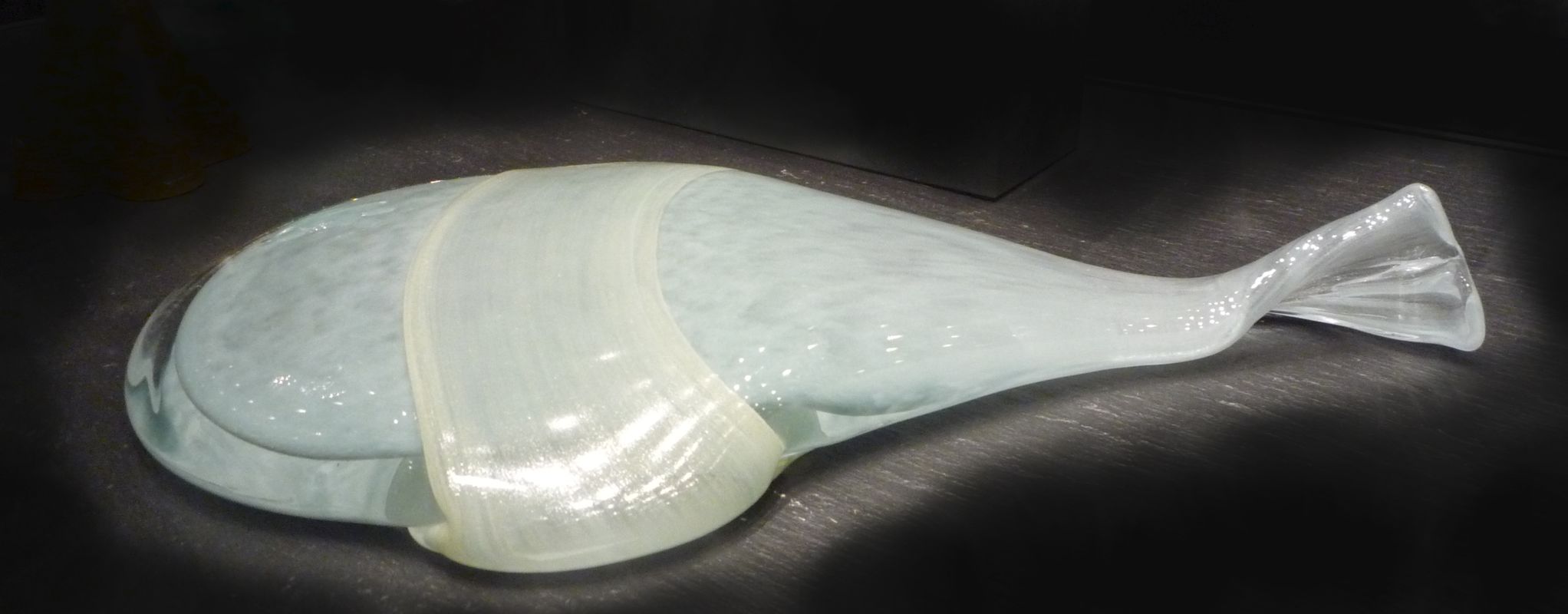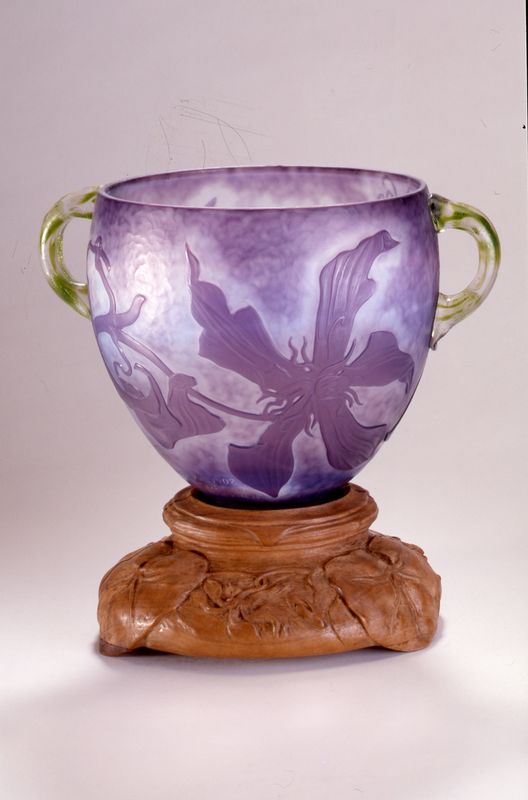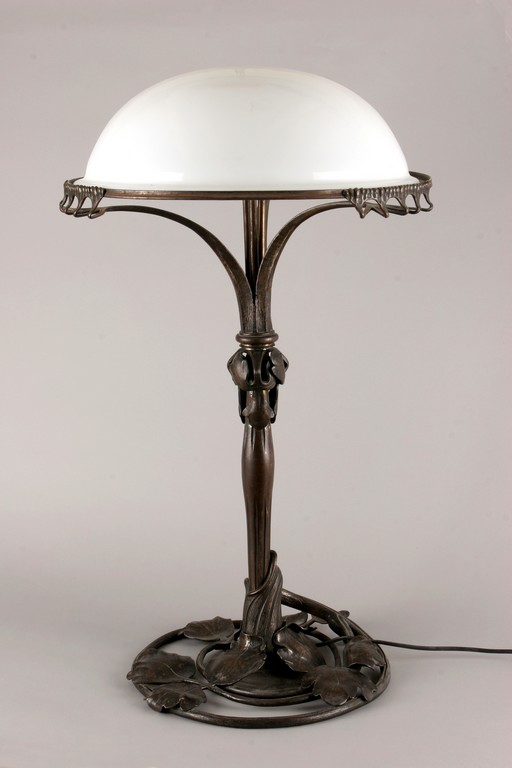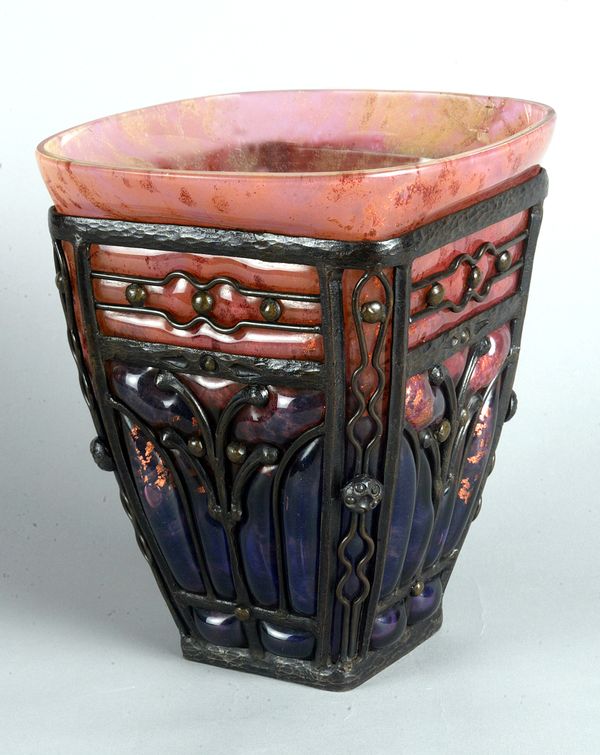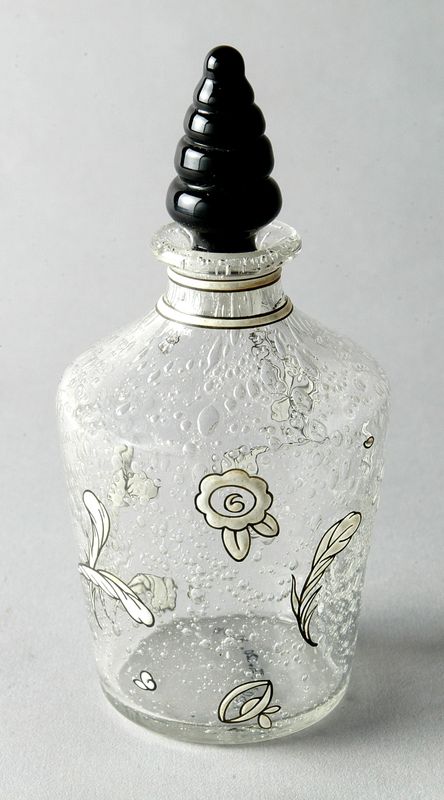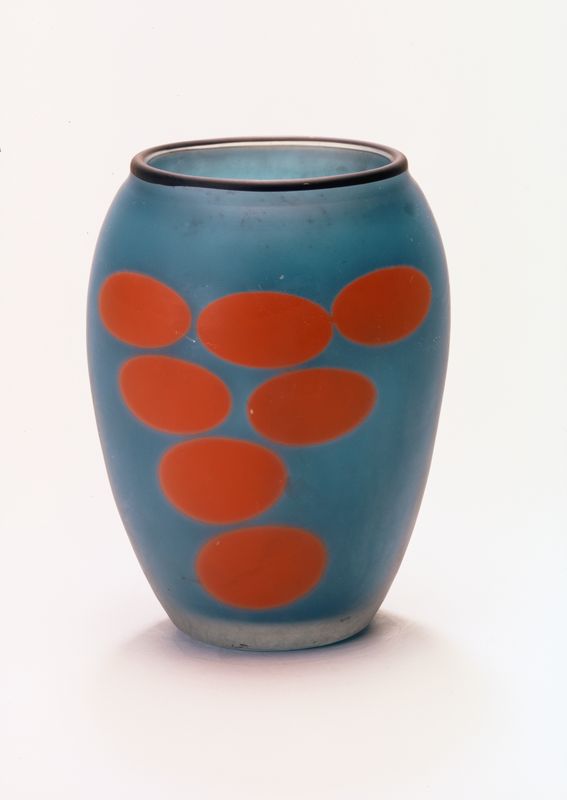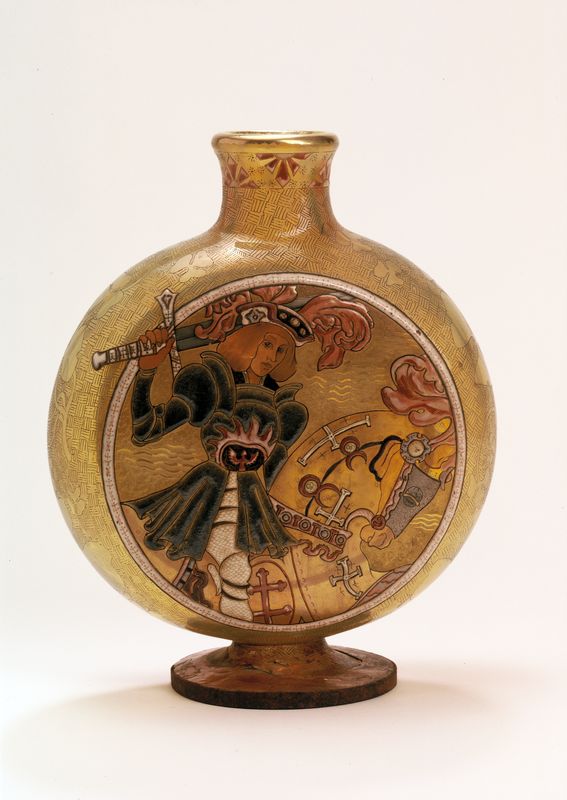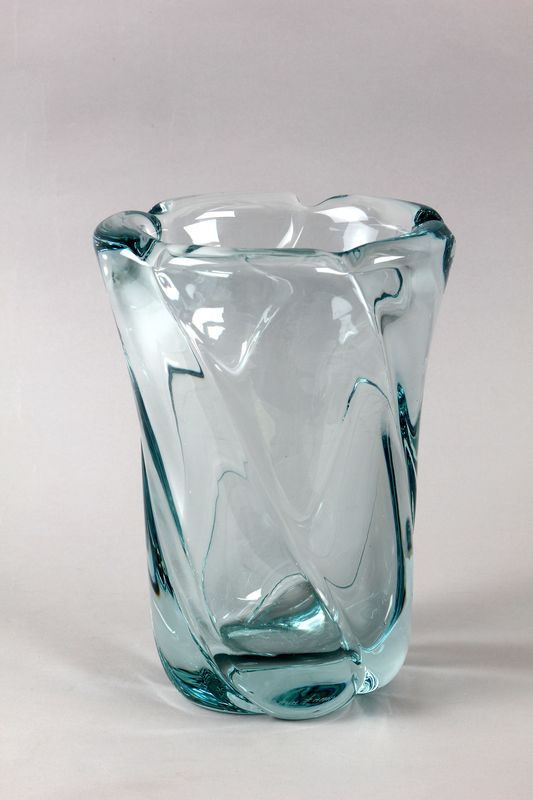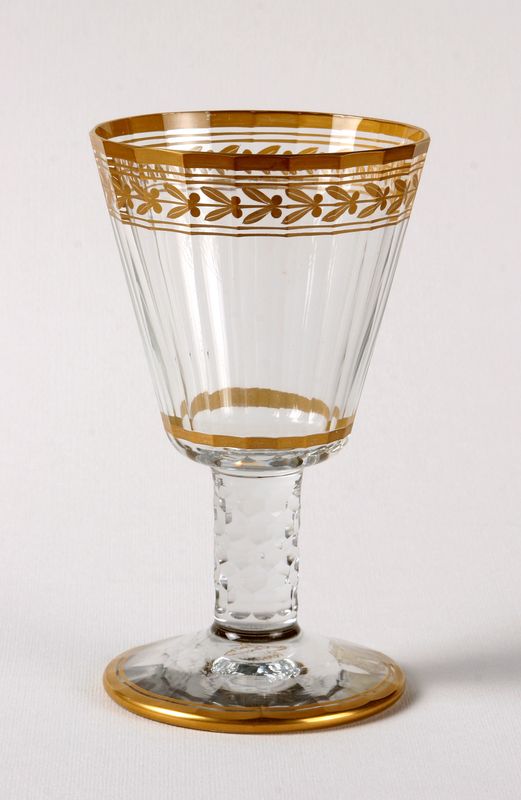The Daum glassware collection
Made up of over 800 pieces of glass, the Daum collection contains objects dating from the factory’s early days in Nancy (1878) to contemporary creations. This outstanding ensemble now forms a reference collection.
The Daum collection (826 pieces of glass of which approximately 300 are on show) is displayed in the museum’s 600 m2 basement around the remains of the fortifications of the imposing Haussonville bastion.
The selection offers a complete overview of the Lorraine factory’s production from its origins in 1878 to its modern-day creations: the first dinner services in the 1880s, the art nouveau and art deco productions, the crystal items of the 50s and the designs produced in collaboration with artists such as Dali and César. The objects are a testimony to the incessant, diversified research and invention that took place at the crystal glassworks in terms of techniques, materials, functions, decoration and shapes (glass paste, crystal, wheel or acid etching, decorative infill, etc.).
The first work from the collection came to the musée des Beaux-Arts de Nancyin 1905, a floor lamp dated 1904. From then on, the collection was regularly enlarged. For example, in 1982-1983, the museum acquired 127 pieces direct from the company, including the Tristan and Isolde vase. From 1984, the collection was gradually enhanced by a number of donations from the family, the crystal glassworks and the Friends of the Museum – the Emmanuel Héré association and the Lorraine Society of Friends of the Arts and Museums.
Following the museum’s extension and renovation in 1999, 250 new pieces, mainly dinner services, such as the Montgolfier service, were added to the collection. In 2004, 60 pieces made between 1893 and 1937 were purchased, including the René II vase, perfume bottle collections and a series of brightly-coloured vases produced in the 1920s. Finally, two major donations were added to the collection in 2011 and 2015 consisting of dinner services and a batch of test glasses, a testimony to the research carried out by the factory into colour.

